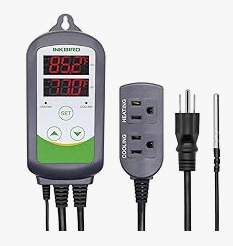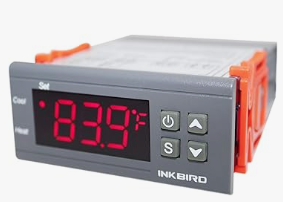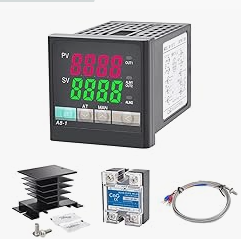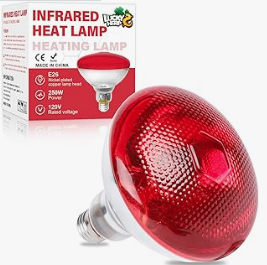Hot dry Salami
This is a recipe for a basic dry Salami that I came up with that is currently in the dry stage, hopefully ready and delicious in few months.
Previous attempts failed and the reason was the detachment of the meat from casing, during the dry stage, causing oxidation that completely ruined the salami. I used a dry fibrous casing for those attempts and I believe that it has contributed to the issue. The other factors were probably the smearing of fat during grinding and mixing, as well as not mixing the meat long enough to develop that sticky consistency that is important to make it stick to the casing.
This time around and after watching several videos online, I have made few changes to the process that I believe will fix the issues, as follows:
- Freezing the grinding tool, in my case, the aluminum head of a electric meat grinder. This helps to maintain the meat cold, specially fat, during grinding.
- Using lean beef and pork as the meat source and a separated 100% pork fat from pork belly. This way I could measure exactly the fat content to 40%
- With meat and fat on separate bowls, ground it semi-frozen separately, making sure to avoid smearing of fat.
- Once ground, mixed just the meat in food mixer for couple of minutes (about 10min), until sticky, including all the spices and culture.
- Mixed the ground fat with the sticky meat, gently, to try and keep the fat chunks intact.
- This time around, using 3 different types of casing to see if any, specifically, is more prone to create the detaching issue. Used natural hog casing, natural dry casing (looks more like a collagen casing) and fibrous casing.
So here is the recipe, and yes, will be using metric system:
- 454g lean pork loin
- 454g lean beef
- 605g pure pork belly fat
- 42g sea salt (2.8%,no iodine)
- 3.8g cure #2 (0.25%)
- 0.95g Sodium Erythorbate (0.063%)
- 3.03g malto-dextroser (0.2%)
- 3.03g coarse ground black pepper (0.2%)
- 3.03g whole black pepper corns(0.2%)
- 3.03g sugar (0.2%)
- 3.03g garlic powder (0.2%)
- 6.05g red pepper flakes(0.4%)
- 1.66g SPX culture, dissolved in 1/4 cup of water, at room temperature
- 90ml red wine
| Start Date | 1/11/25 | Salami # | PH | ||
| Target weight loss % | 40 | Fibrous | Natural | Dry natural | |
| Start | 412 | 389 | 545 | 4.76 | |
| Target | 247.2 | 233.4 | 327 | <5.1 | |
| Date | |||||
| 1/22/25 | 346 | 312 | 455 | ||
















